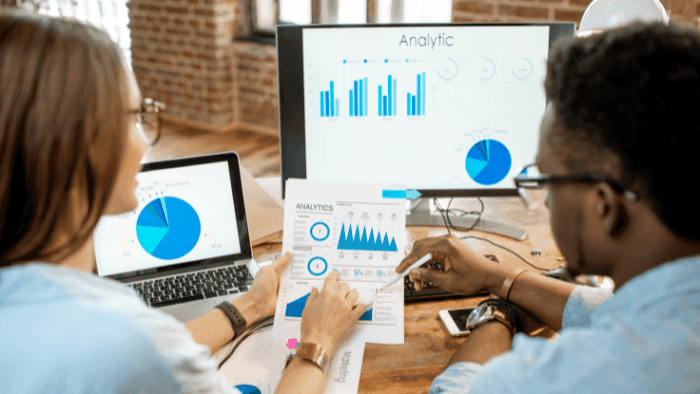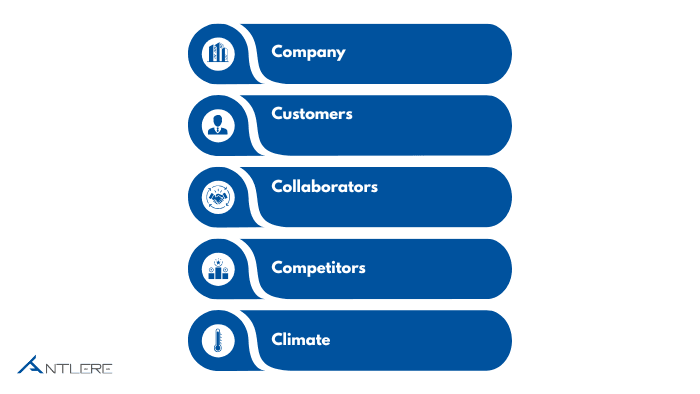

Descriptive Research: The Essential First Step in Market Analysis
What is situational analysis?
A situational analysis is a process that involves systematic evaluation that a business conducts to determine its present market position. It forms the most important initial step in a proper strategic planning cycle as it avoids the wastage of resources on projects that are not aligned with reality.
Through analyzing all the market trends to the internal operational capacity, appropriate situational analysis gives an unbiased, all inclusive picture of an organization, considering both its capabilities as well as the dynamic external environment it functions in.
This process ultimately guides businesses in setting realistic, achievable goals based on facts, not assumptions. It is also defined as the foundational method used by businesses to deeply investigate their position in the marketplace and uncover the multitude of internal and external factors that influence their success. This thorough examination is comprised of two core components:
Internal Analysis: This revolves around aspects that the company can control, namely pinpointing strengths (good qualities such as a good brand reputation or an experienced engineering team) and weaknesses (areas that require improvement such as lacks finances or serves with slow reactions to customer requests).
External Analysis: This assesses the uncontrollable elements outside the company, identifying opportunities (favorable external conditions, like growing consumer demand for a specific product or emerging technologies) and threats (external conditions that could negatively impact growth, such as an economic recession, aggressive competition, or new government regulations).

The three primary benefits of undertaking this analysis are clear: it supplies factual market data for informed decisions; it ensures the goals set are realistic and achievable; and it allows management to proactively prepare for impending challenges or capitalize on emerging growth areas.
What is the difference between SWOT and situational analysis?
The distinction lies in hierarchy: situational analysis is the broad strategic phase, a phase where the business aims to understand its complete operational context. SWOT analysis (Strengths, Weaknesses, Opportunities, Threats) is one of the specific, highly effective tools and techniques used during that analysis phase.
In essence, you conduct the situational analysis by deploying several tools, like PESTLE or Porter’s Five Forces to gather raw data and insights. You then use the SWOT framework to synthesize and categorize those findings:
Strengths and Weaknesses are derived from the internal analysis.
Opportunities and Threats are derived from the external analysis.
Therefore, the SWOT model is the perfect analytical mechanism for documenting the core conclusions reached during the overarching situational analysis.
What are the 5 C’s of situational analysis?
The 5C Analysis is a popular framework for a detailed and structured assessment that ensures both internal and external factors are thoroughly evaluated. The five C’s are:
Company: This allows for an internal exploration of the available capabilities, resources, quality of the products, the efficiency of operations and the overall business objectives of the organization.
Customers: Understanding the target audience’s demographics, buying habits, preferences, and underlying needs. Surveys are a key method here to gauge satisfaction and demand.
Collaborators: Analyzing the vital external relationships with partners, suppliers, distributors, and other essential stakeholders. This ensures supply chains and distribution channels are reliable and efficient.
Competitors: A thorough competitive analysis to find out direct and indirect competitors, their advantages and disadvantages as well as their market strategies and the level of competition.
Climate: This is the general external market or environment trends. It involves an overview of political, economic, social, technological, legal and environmental (PESTLE) factors that may affect the industry and capacity of the company to operate.

Utilizing the 5C model provides a complete, structured view that is instrumental in developing targeted and highly effective strategies for competitive advantage.
Final Strategies from Situational Analysis
The product of situational analysis is achievement through synthesized data resulting directly to strategic action. The last thing to do is to develop clear strategies which utilize both strengths and opportunities (e.g., employing experienced team to exploit new technology) and weaknesses and threats (e.g., train a specific customer service team to overcome slow response time).
These strategies can then be converted into SMART goals (Specific, Measurable, Achievable, Relevant, and Time-bound) to make sure that the analysis forms a valuable and measurable basis of future business growth and strategic planning.



